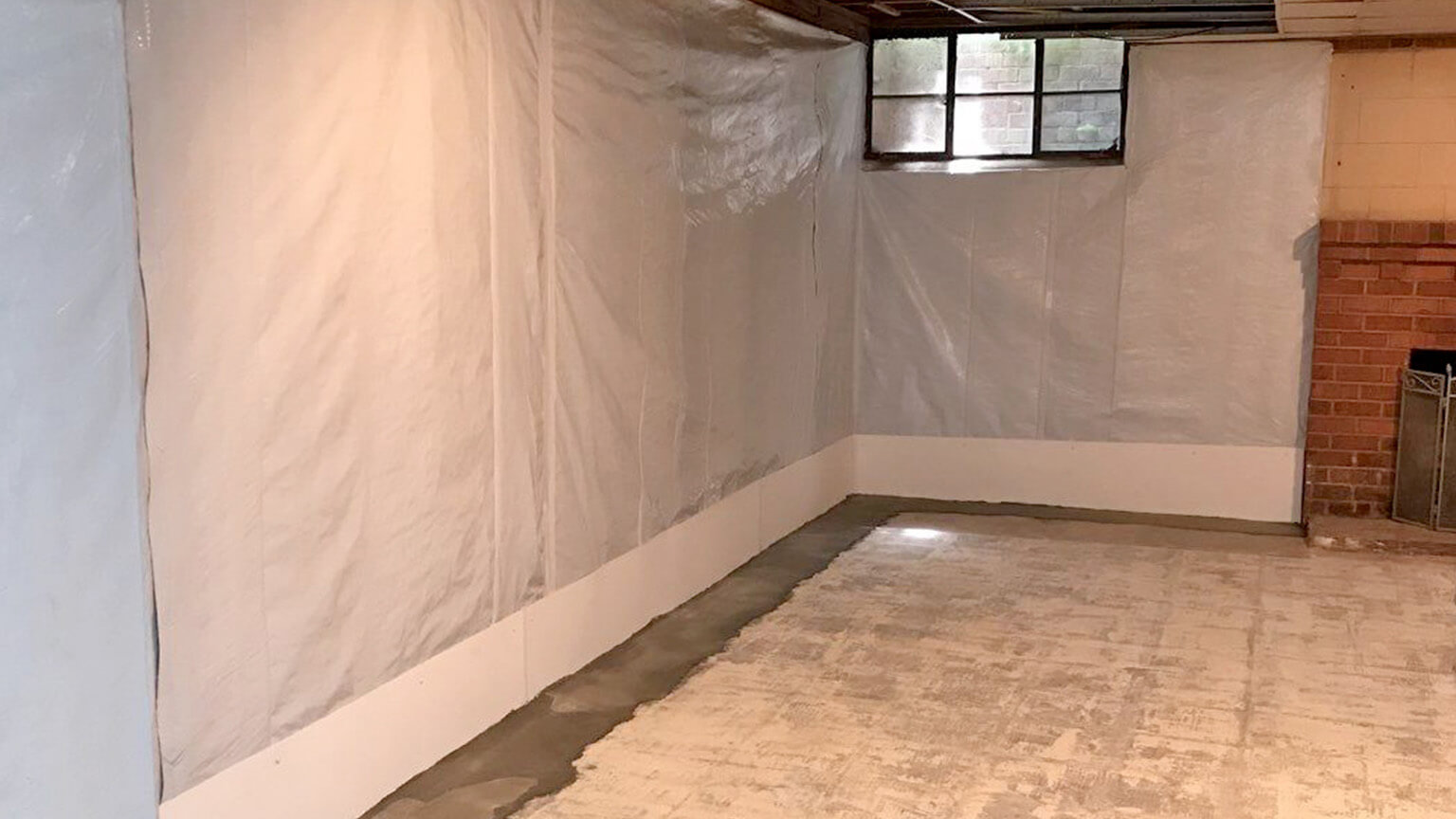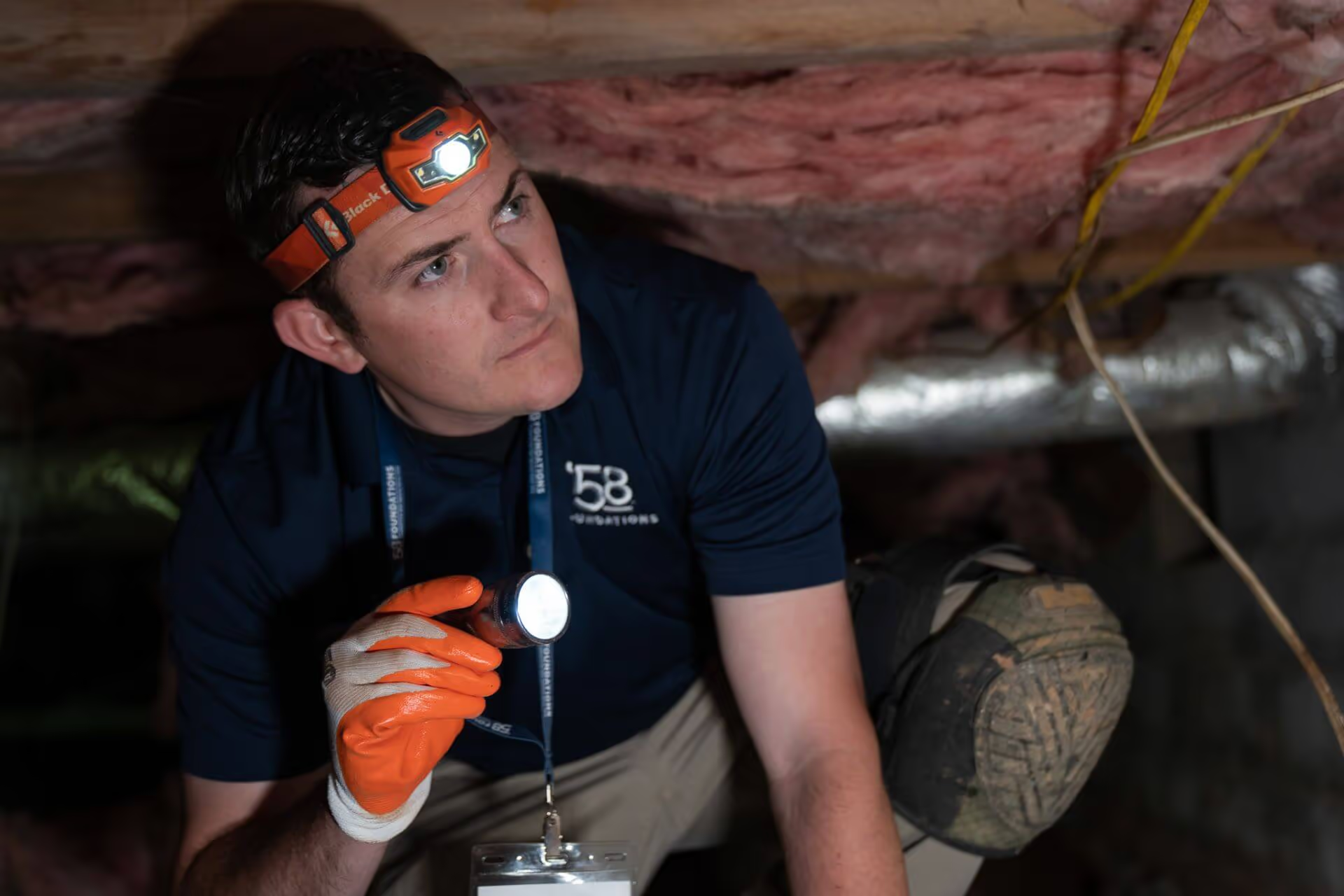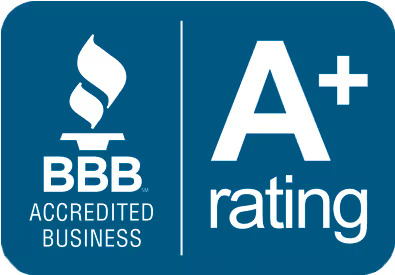
As a homeowner, dealing with a wet basement or a soggy yard after heavy rain can be a frustrating experience—especially when it leads to damaged belongings, mold growth , or a dead, muddy lawn. Fortunately, there’s a tried-and-true solution that can help keep your home and your landscaping dry: the French drain system.
If you’re wondering, “Why is it called a French drain?” the answer may surprise you. While the word “French” might evoke thoughts of eloquence, the truth is quite the opposite. Coined and popularized by Henry Flagg French in his book Farm Drainage (published in 1859), a French drain system features a sloped trench that is filled with gravel or rock and a perforated pipe. This system diverts surface water and groundwater away from a specific area—such as your foundation or an area with heavy landscaping. The water then runs to designated areas like drainage ditches or a low-lying area of your property.
If you’re new to the concept of French drain systems, this guide is here to help. Below, you’ll learn of the different circumstances when you might need one and how ’58 Foundations & Waterproofing can help.
Installing a French drain system can be beneficial if you’re constantly experiencing these problems after heavy rainfall:
Depending upon which of these problems you’re experiencing, there are two different types of French drain systems that can help. Let’s examine both the outdoor and indoor French drain systems.
The gutter system on your home collects rainfall from your roof and diverts that water away from your foundation. Similarly, an outdoor French drain system collects rainfall from the ground level to achieve the same goal. For example, if water pools in low spots throughout your yard, an outdoor French drain system would ensure this water drains and flows away to a designated area. Another example is if water is making its way through your foundation and into your basement. Rather than allowing groundwater to put hydrostatic pressure on your foundation and seep indoors, an outdoor French drain system can help reroute that water away from your foundation.
Outdoor French drain systems might work well to funnel water away from low-lying areas in your yard. But they aren’t a 100% effective or cost-efficient solution to fixing a leaky or moisture-prone basement. It requires a lot of effort to install an outdoor system to alleviate hydrostatic pressure around your foundation. You must remove a significant amount of the soil—as well as any decks, patios, driveways, or landscaping—that surrounds your foundation’s perimeter. This process typically requires heavy machinery and a great deal of labor, which can be extremely costly.
The drain lines of an outdoor system can also clog with silt over time. This reduces their ability to eliminate water pressure against your foundation. When an outdoor system needs to be repaired or unclogged, the whole system must be dug up and replaced. For this reason, outdoor French drain system warranties are typically much shorter than other basement waterproofing solutions.
To ensure a basement stays dry even after heavy rainfall, an interior French drain system should be installed. With an interior waterproofing system, drainage channels are installed along the perimeter of your basement, where your basement floor meets the walls. As rainwater seeps into the soil and the water table rises to meet the foundation, perforations along the length of these drainage channels capture the water. These drainage channels then guide any captured water to a sump pit where a sump pump is installed. As water reaches the sump pit, a float valve is triggered and turns on the sump pump. The sump pump then pushes the water through a discharge pipe where the water will be deposited safely away from your foundation. This type of indoor basement waterproofing solution actively works to push water out of your basement 24/7.
Since 1958, hundreds of thousands of homeowners have depended on ’58 to waterproof their basements. Compared to outdoor French drain systems, our interior basement waterproofing systems are more cost-efficient and effective in the long run. With products like our own specially-engineered Channel ’58 drainage channels and high-power Workhorse sump pump, you can move more water faster out of your house! What’s more, they do not require extensive digging around the exterior of your foundation.
For even more moisture prevention for homes with crawl spaces, our company also offers industry-leading crawl space encapsulation services. During the encapsulation process, our experienced team will seal all crawl space vents, as well as seal the ground, walls, and support columns with a 20-mil thick vapor barrier.
With over 64 years in the waterproofing business, ’58 Foundations & Waterproofing knows how to protect your home from moisture problems and groundwater intrusion. Call us today to schedule for a free inspection and to receive a detailed estimate!






We respect your privacy. By submitting, you authorize '58 Foundations and Waterproofing to reach you via call, email or text for information about your project needs. We will never share your personal information with third parties for marketing purposes. You can opt out at any time. Message/data rates may apply. Consent is not a condition of purchase. Privacy Policy